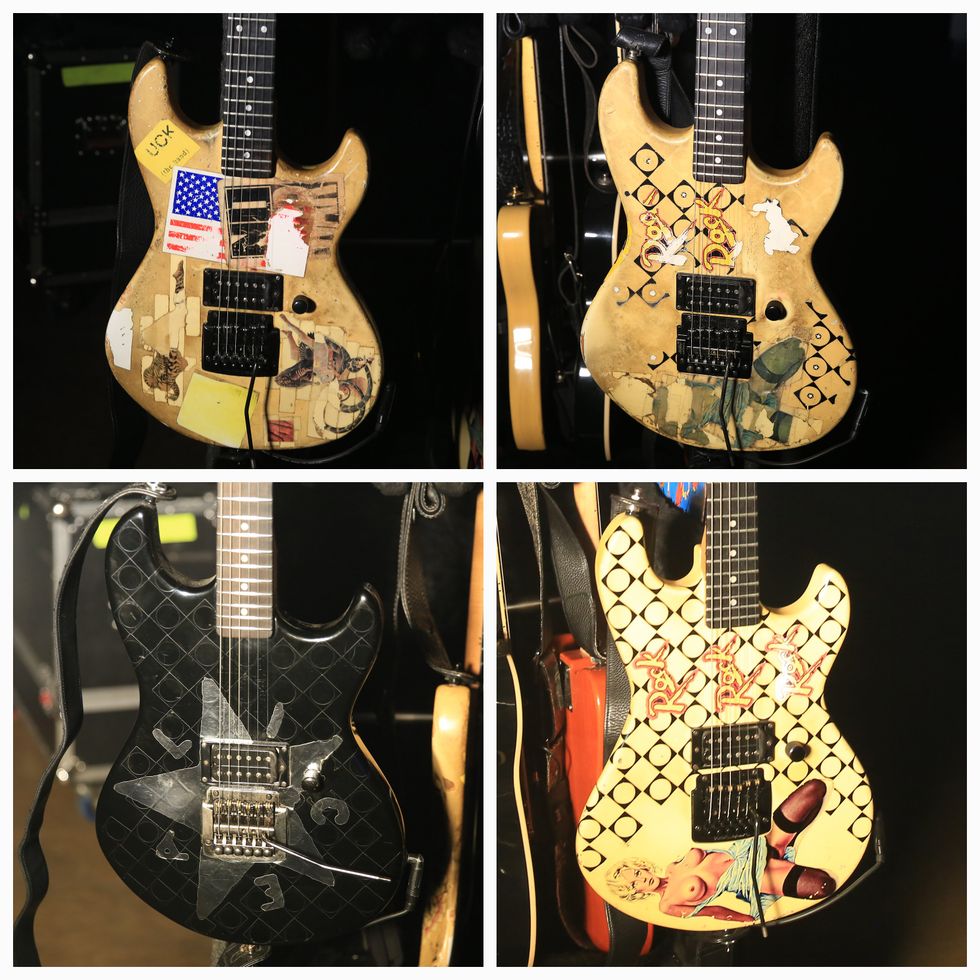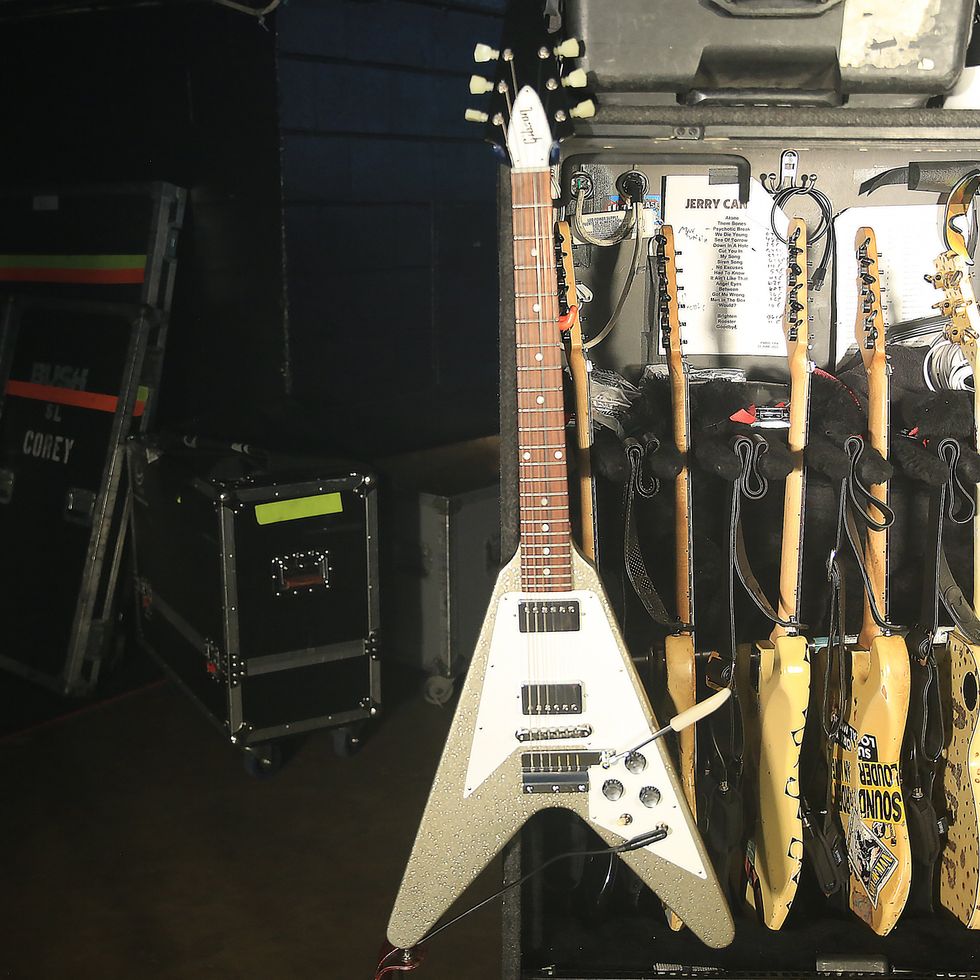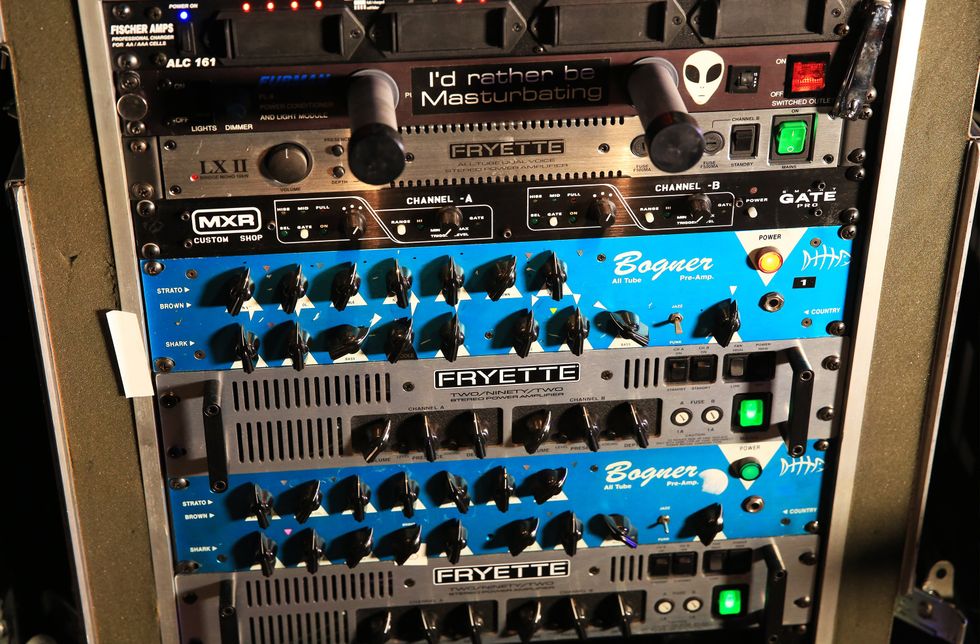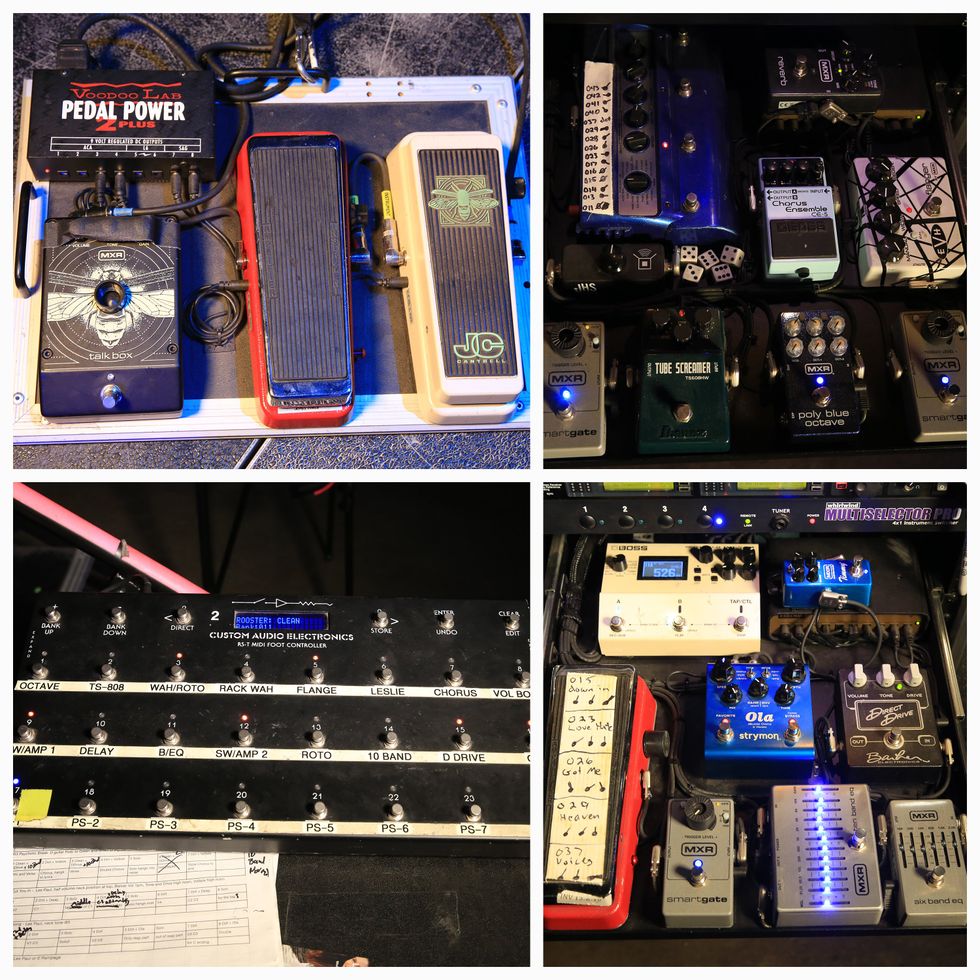Based in the Flemish region of Belgium, Da Capo manufactures totally hand-built, valve-driven guitar combination amplifiers of the highest quality.
With switchable 20watt Studio and 40watt Stage outputs, the Da Capo GT Deluxe Series 1x12 class a/b amplifier, features circuitry designed in-house by respected engineer Guy Tiels, delivering sweet, hot-valve musical cleans, with an abundance of harmonic induced sustain when pushed to its natural overdriven voice.
"The Da Capo GT Deluxe Series brings a fresh new approach to tube amp design," says Da Capo owner and founder Nicolas Acou. "There's a noticeable increase in clarity and separation within chords and lead lines, what you hear from the speaker is an open and direct, unimpaired translation of the guitar, with exceptional focus and definition.
A Fresh New Sound
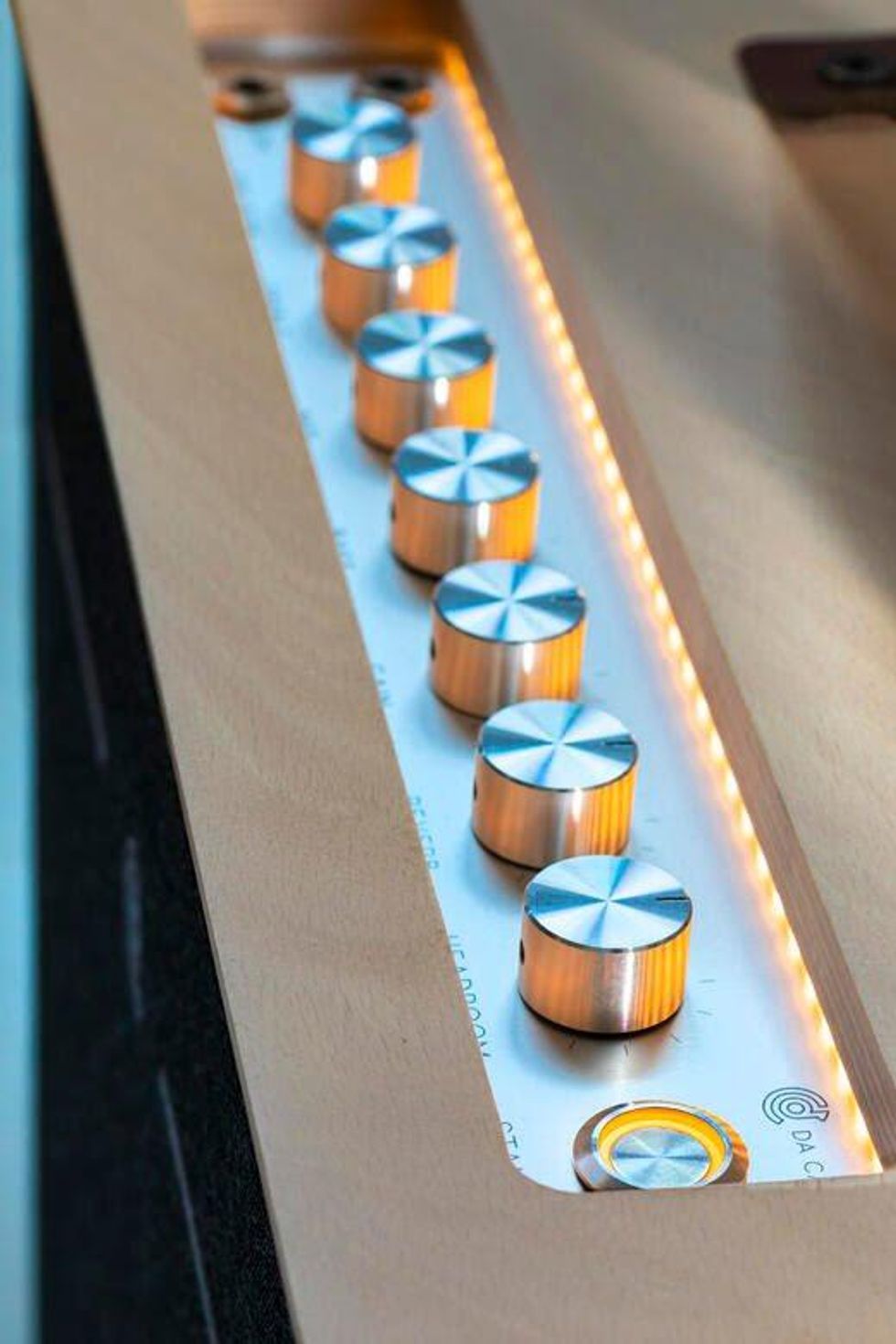
Controls:
- Pré Gain
- Treble
- Mid
- Bass
- Gain
- Reverb
- Headroom
- Studio / Live switch
- W540xH430x245
- 15kg
- 20w/40w
- 240v / 110V
Ins and outs:
- High / Low input
- Power inlet
- 8ohm extension
- Effects loop
- Mic out
- 1X Ecc 83 Tung-Sol- 2x ECC83 JJ's
- 2X KT77 JJ's- Custom wired toroidal power traffo
- Van der Veen toroidal output trafo
- 12" Celestion alnico Cream speaker
- Beech cabinet
- Leather handle
Top Design
We also worked with renowned contemporary designer Joeri Claeys, whose emphasis is on form and vision, for a striking cabinet design, featuring well-balanced, fluid curves, creating a minimalist contemporary guitar combo that suits every interior.
Modern Ergonomics

No more heavy lifting with oversized and heavy amplifiers. The GT deluxe is easy to carry and will fit in any car. It is designed to make traveling and setting up a breeze.
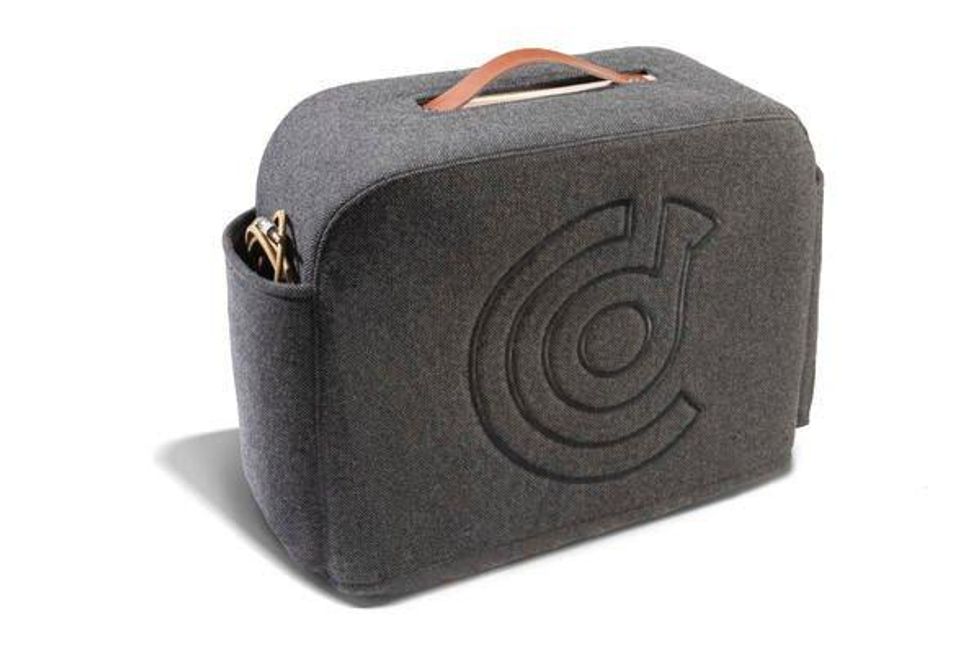
GT Deluxe amplifier
€ 3.630,00 incl.tax
Optional Integral mic'ing system
€ 150,00 incl.tax
Extension Cabinet
€ 965,00 incl. tax
Padded cover
€ 230,00 incl. tax
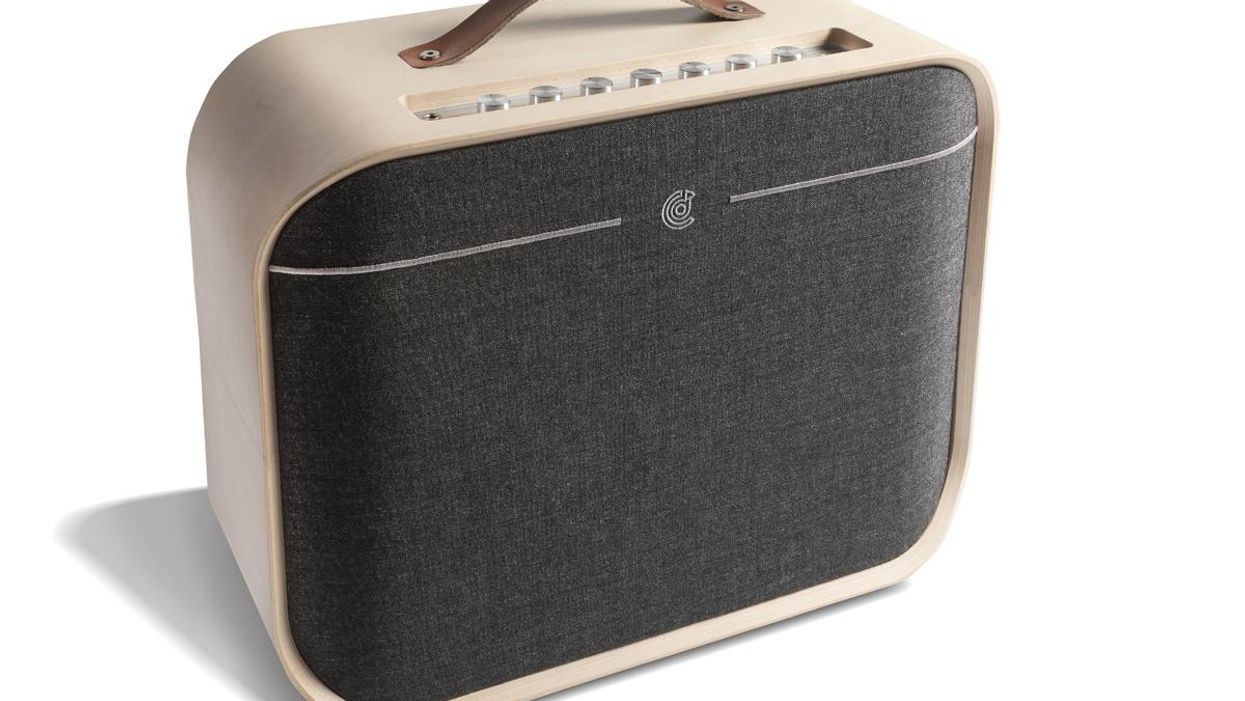
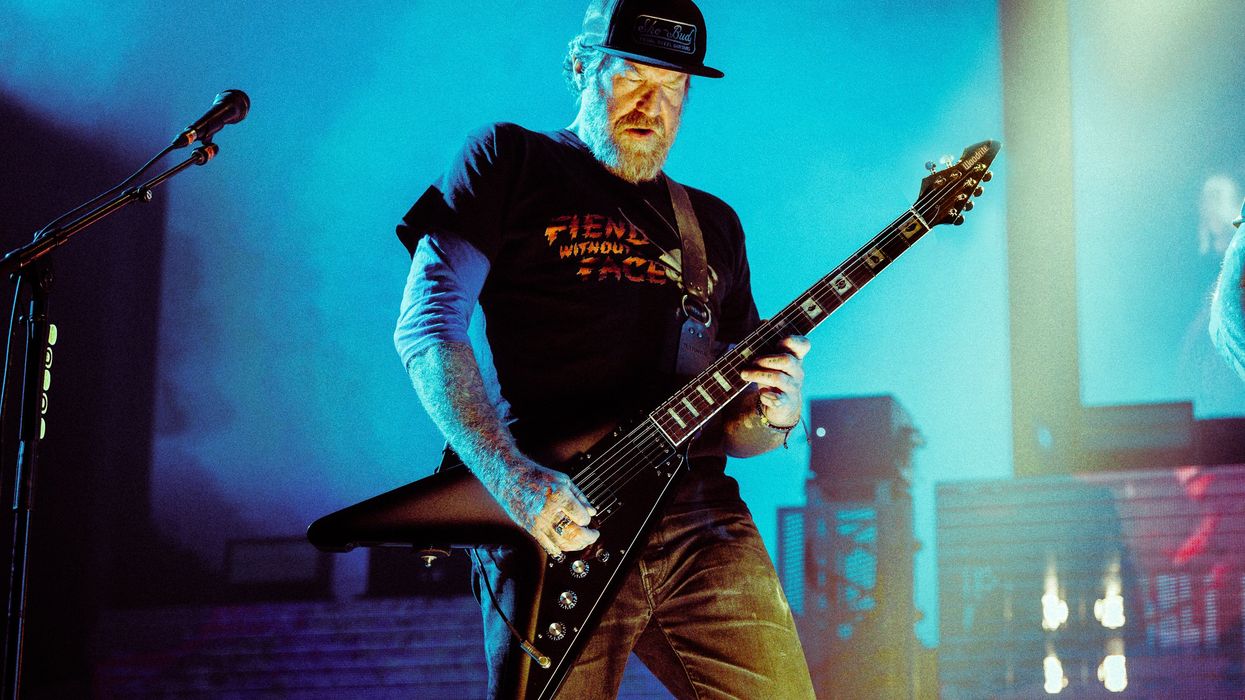
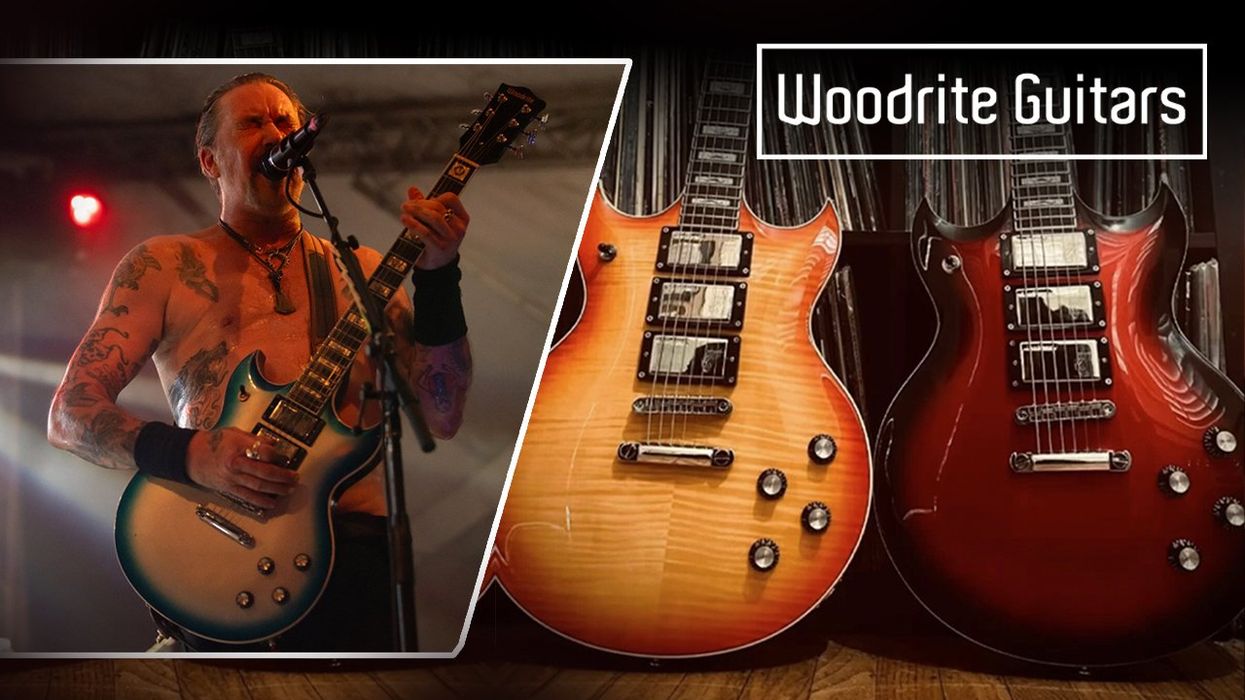
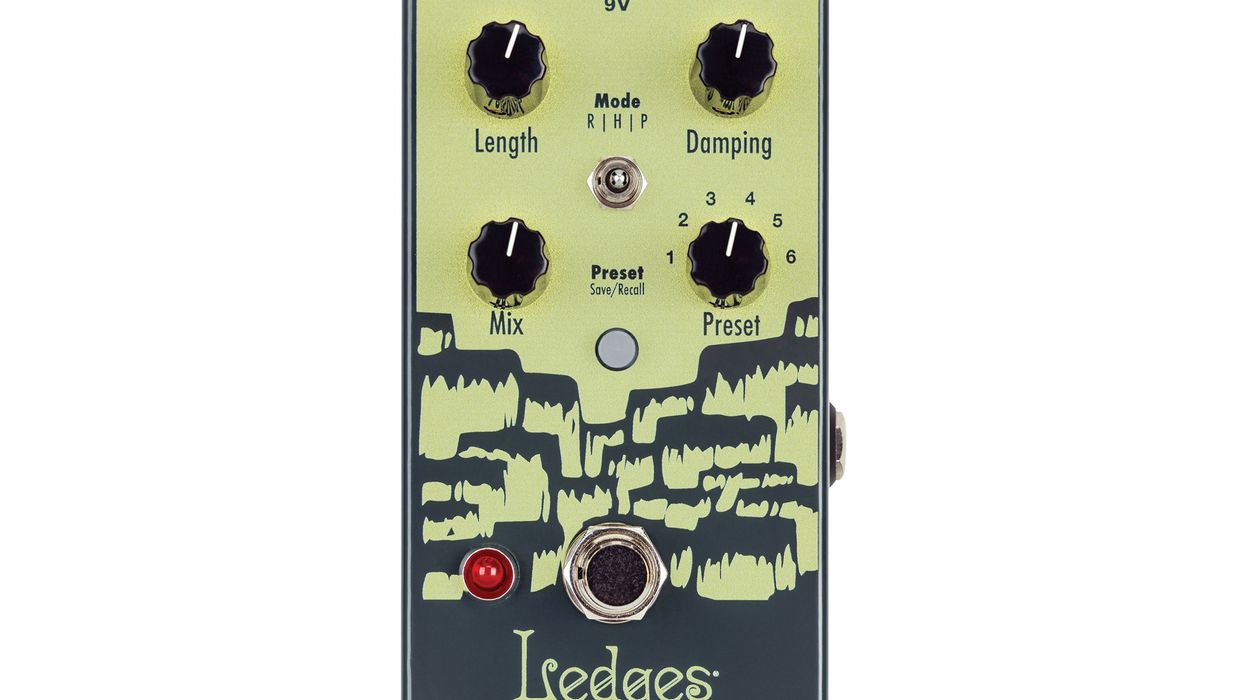
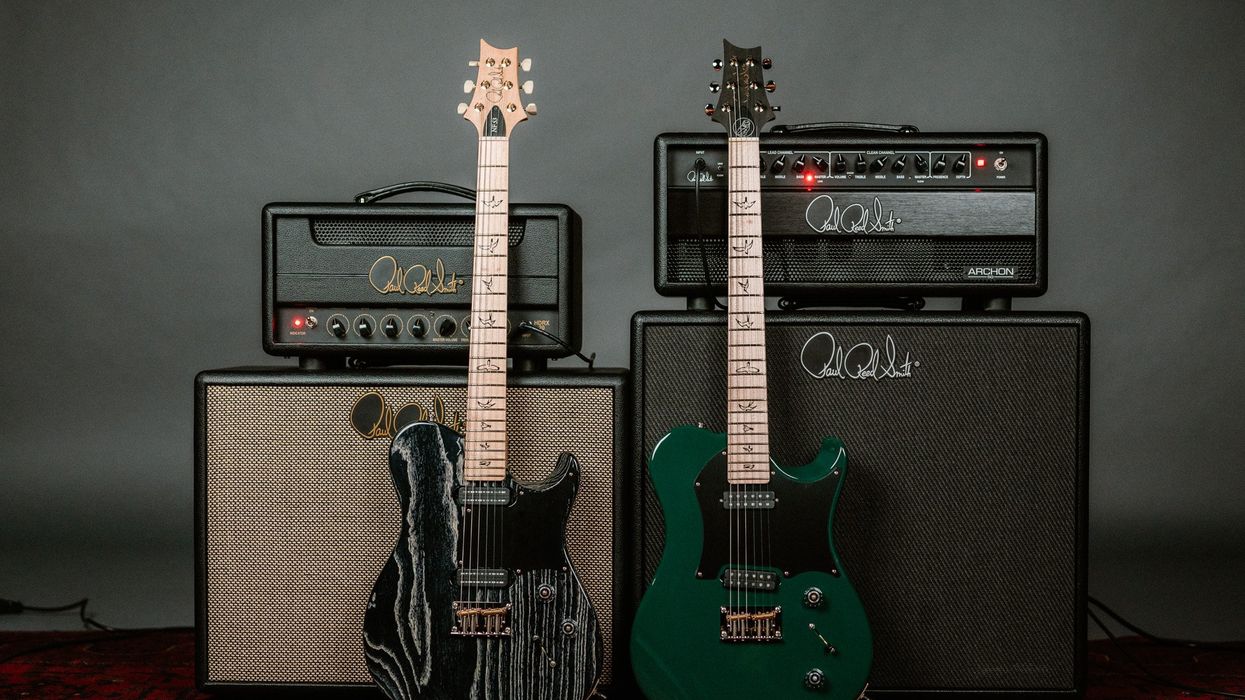
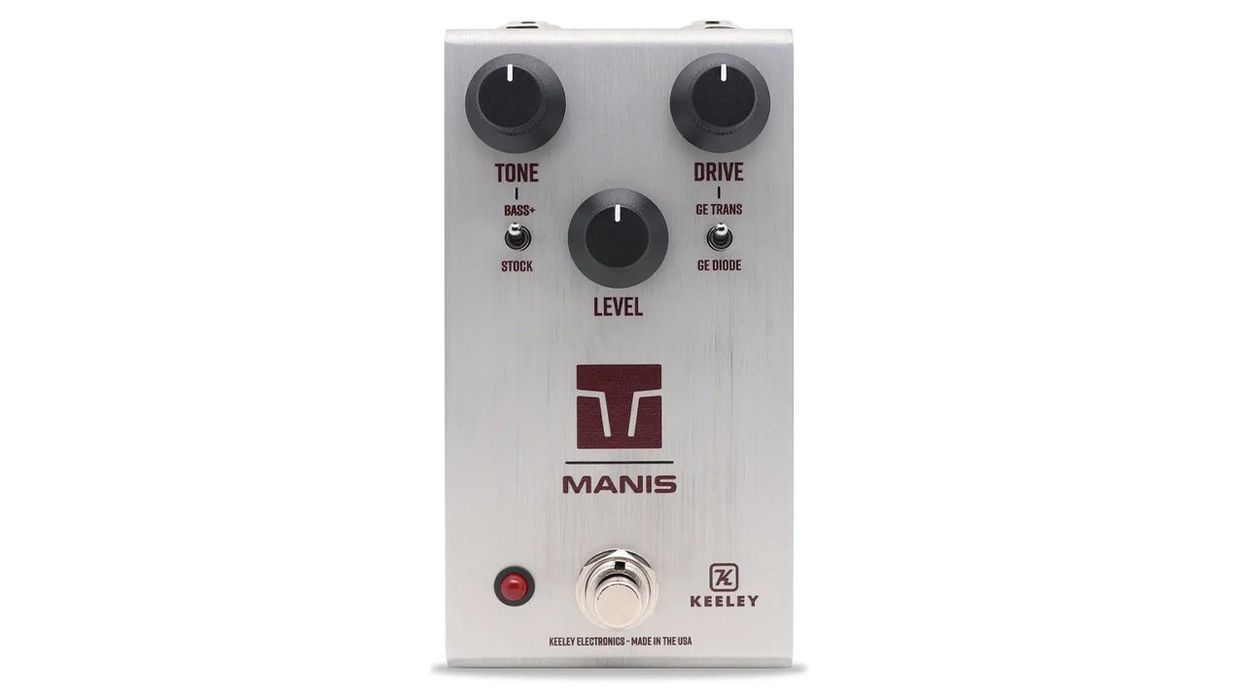

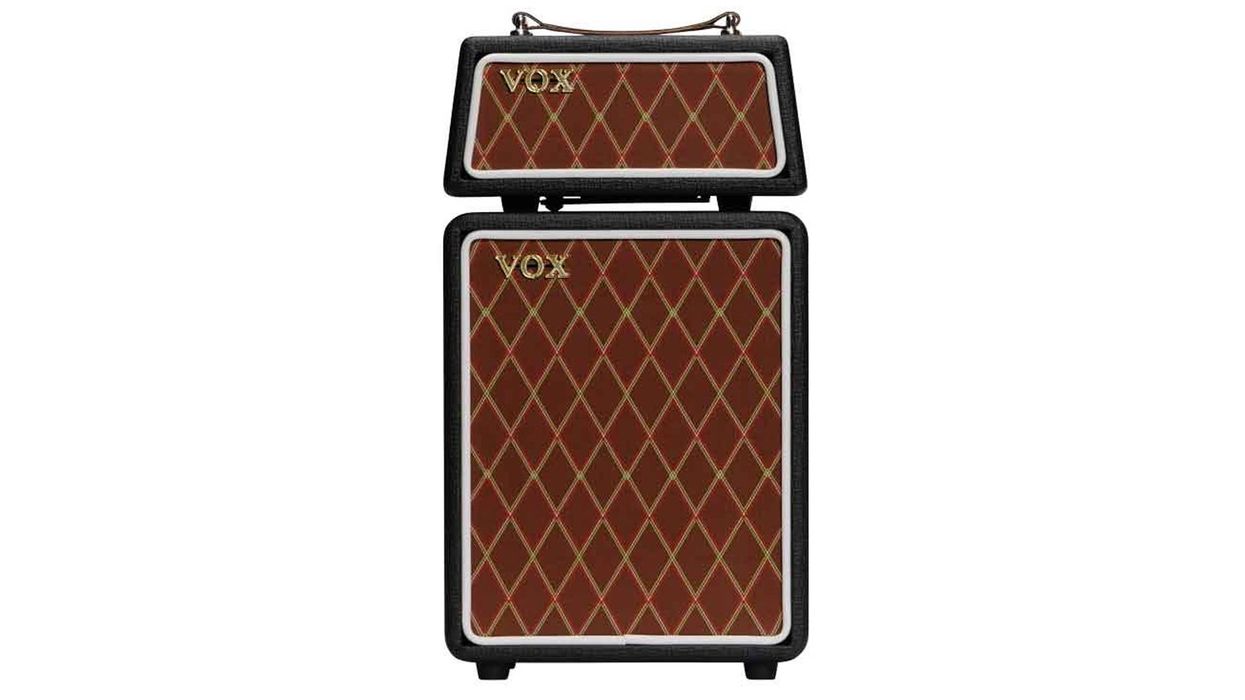

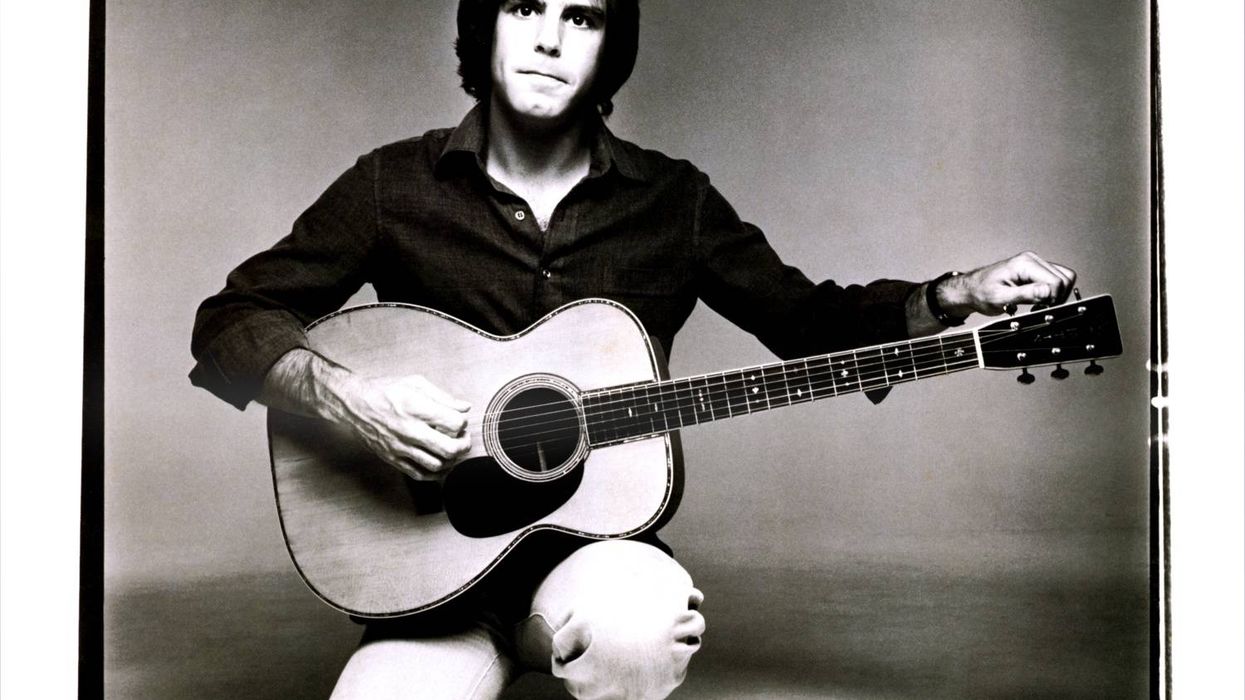

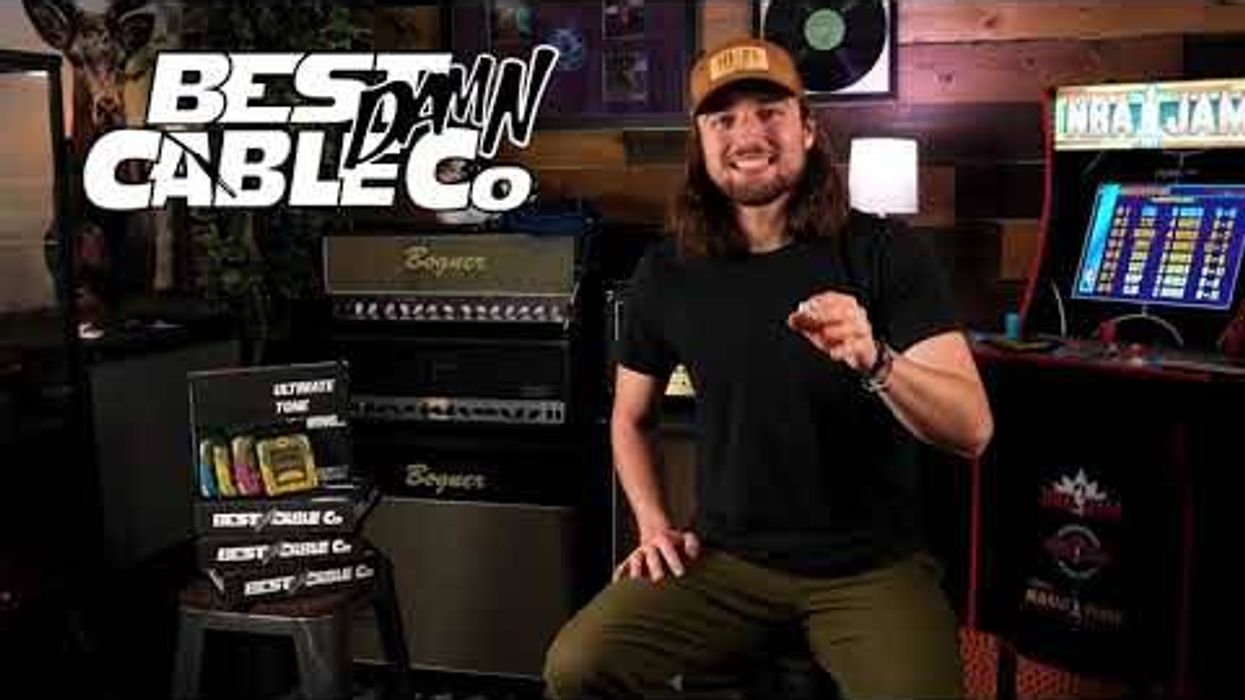

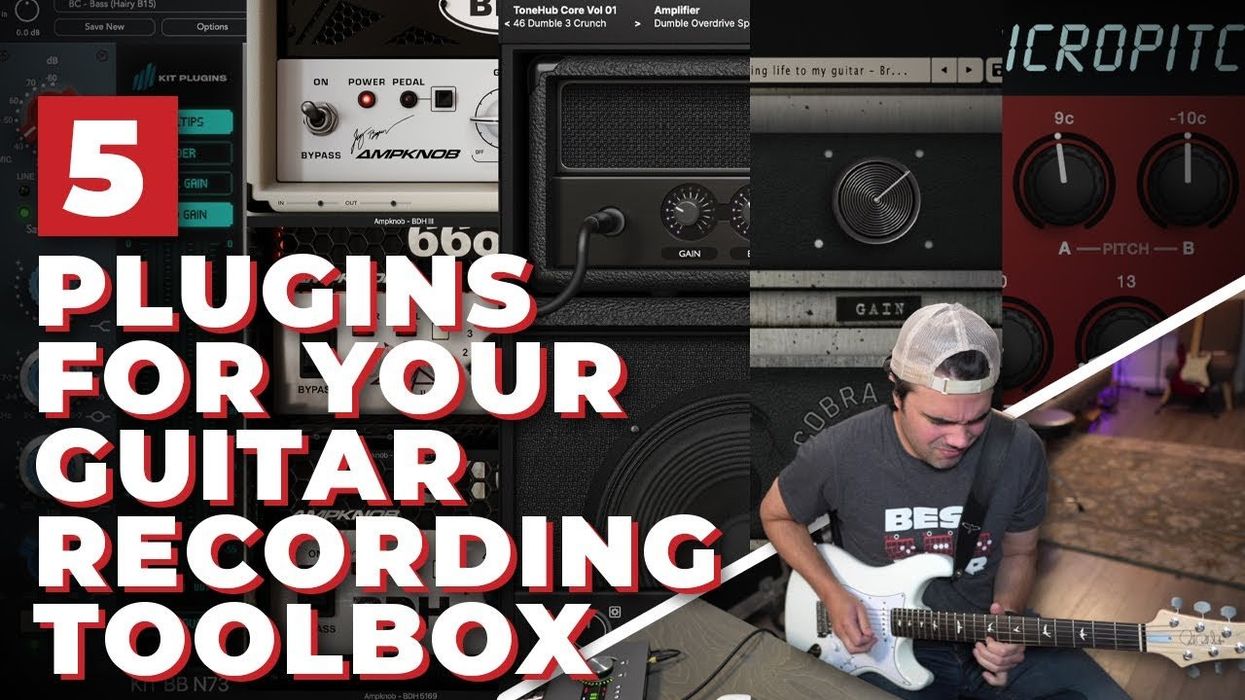

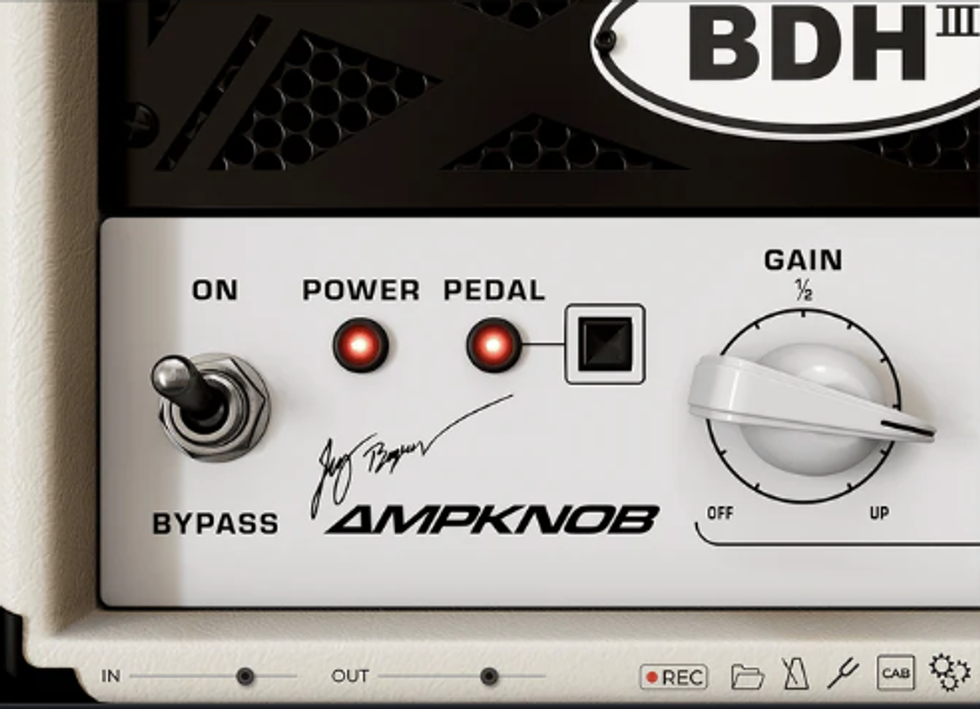
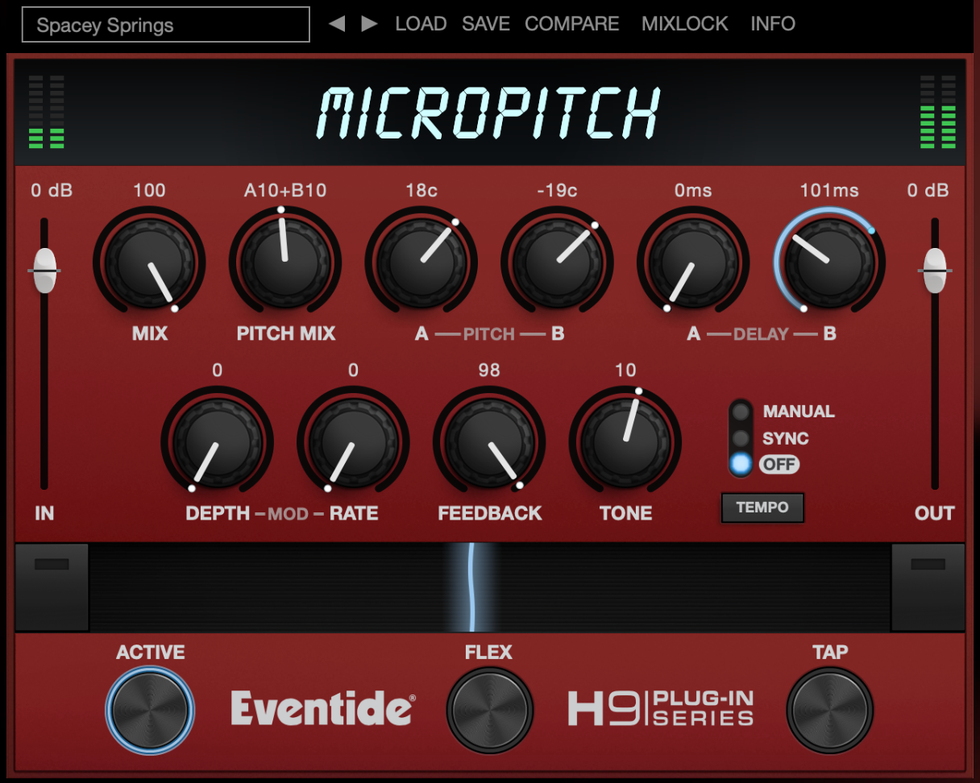
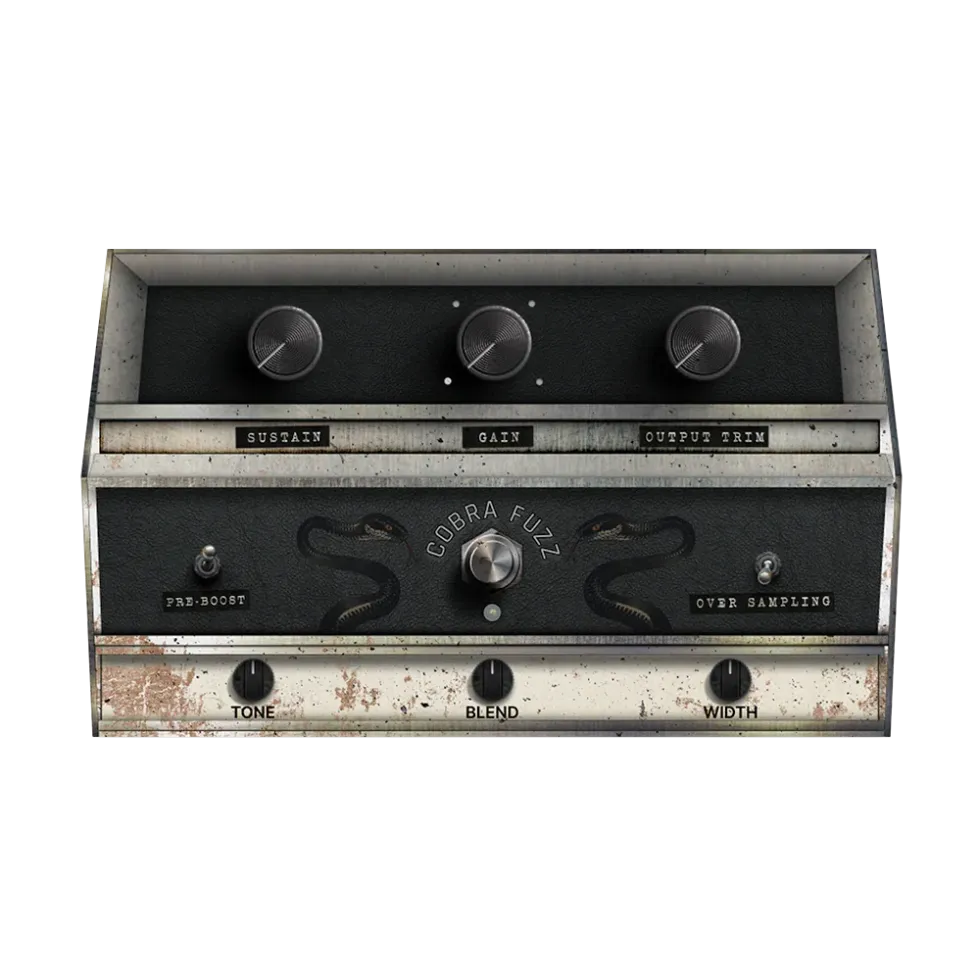
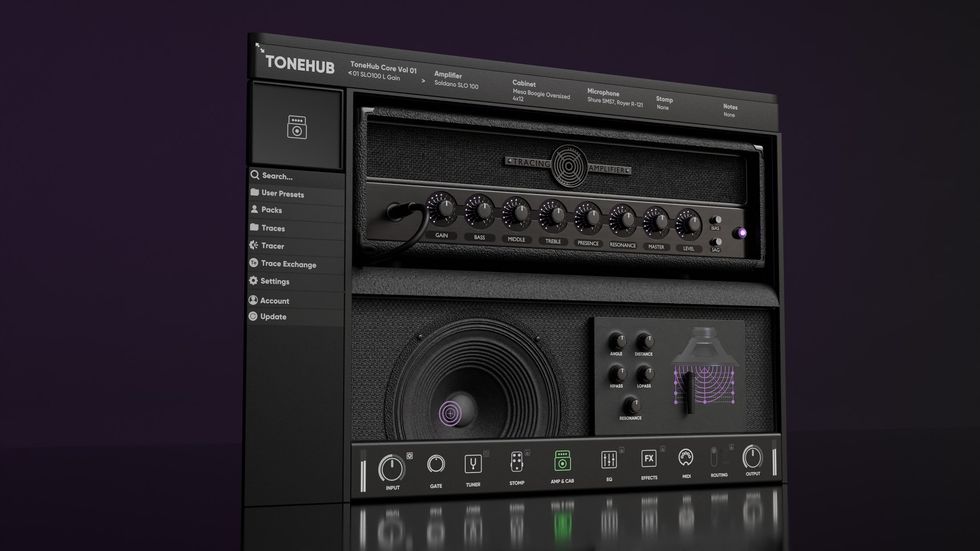




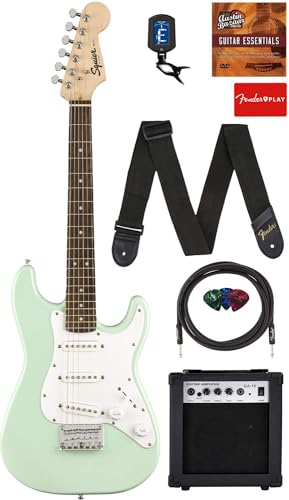








![Jerry Cantrell Rig Rundown [2024]](https://www.premierguitar.com/media-library/youtube.jpg?id=53714787&width=1245&height=700&quality=70&coordinates=0%2C0%2C0%2C0)
